Virginia Swimming & Diving Is Suddenly a Recruiting Power
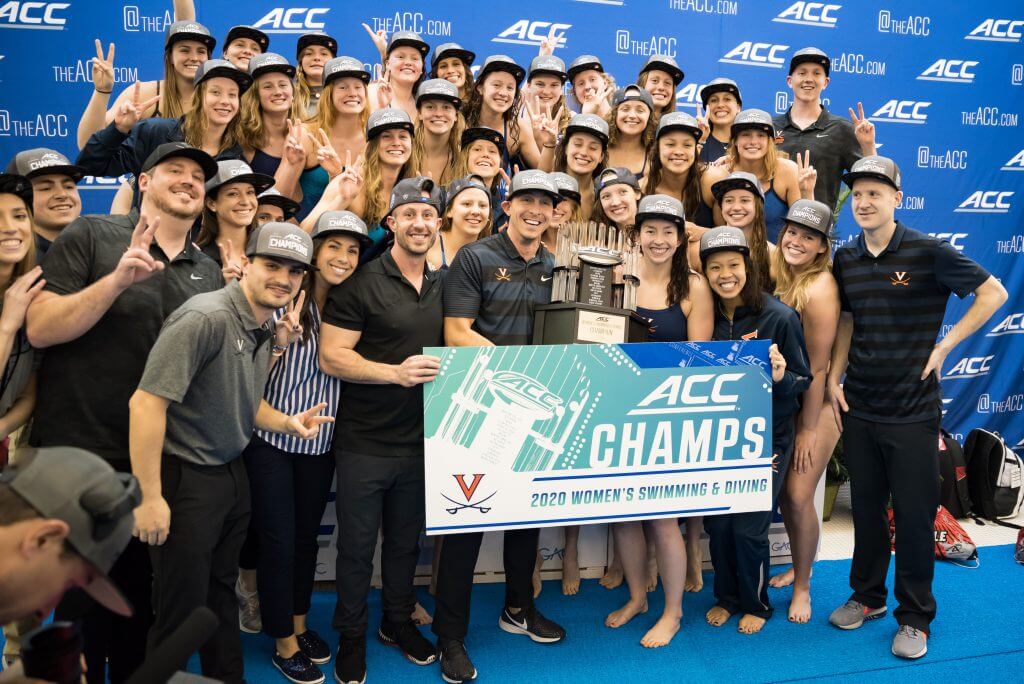
Virginia Swimming & Diving Is Suddenly a Recruiting Power
Almost overnight, it feels like the Virginia women’s swimming and diving team has become a national powerhouse. In 2019, in year two under head coach Todd DeSorbo, the Cavaliers placed sixth at the 2019 NCAA Championships, and took N.C. State down to the last relay at the ACC Championships and finished in second.
Flash forward a year later and Virginia dominated N.C. State at the ACC Championships, and had been seeded to win the national championship before the meet was canceled due the coronavirus pandemic. Before this season, Virginia’s highest placing at NCAAs was fifth – when Courtney Bartholomew and Leah Smith led the team to back to back top five finishes in 2015 and 2016.
Virginia swimming and diving had always been a powerhouse in the Atlantic Coast Conference, having not finished lower than third since 1981, and have been top two every year since 2007. But in terms of national dominance, the power has been out west with Stanford and Cal. In the 2000s, the power in women’s swimming was in the southeast when David Marsh’s Auburn squads and Jack Bauerle’s Georgia teams traded titles between 2000 and 2007 before Arizona won in 2008 and the power shifted out west.
Teri McKeever’s Cal teams won four titles in seven years from 2009 – 2015 as Florida and Georgia took three titles between them during Cal’s reign. Greg Meehan’s Stanford teams won three straight from 2017 – 2019 with Cal not far behind each of those years. Within the last seven years, it felt like Cal and Stanford had dominated the recruiting landscape, picking up five star recruits left and right such as Missy Franklin (Cal, 2013), Lia Neal (Stanford, 2013), Kathleen Baker (Cal, 2015) and Katie Ledecky (Stanford, 2015), as well as Simone Manuel (Stanford, 2014) and Abbey Weitzeil (Cal, 2015).
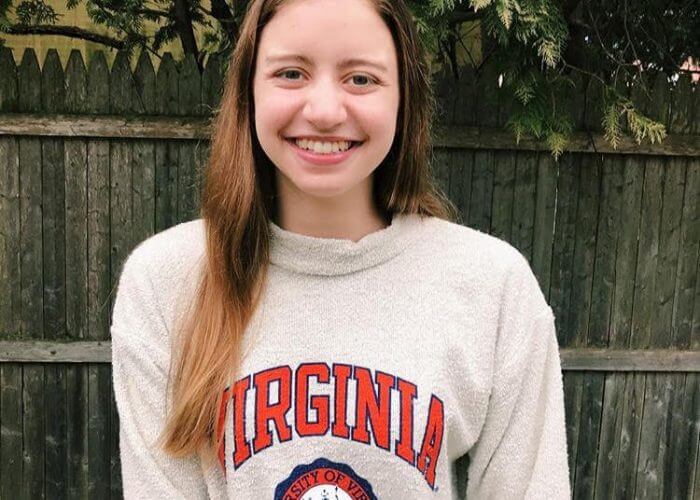
Photo Courtesy: Kate Douglass, Instagram
But since Todd DeSorbo took over for Augie Busch at Virginia in the fall of 2017, the Cavaliers have picked up top recruits in Kate Douglass (class of 2019), Ella Nelson (2019), Alex Walsh (2020), Emma Weyant (2020), Gretchen Walsh (2021) and now freestyler Claire Tuggle (2022) and rising breaststroker Zoe Skirboll; all of a sudden Virginia has a ton of talent in place to be able to compete for national titles for the next few years.
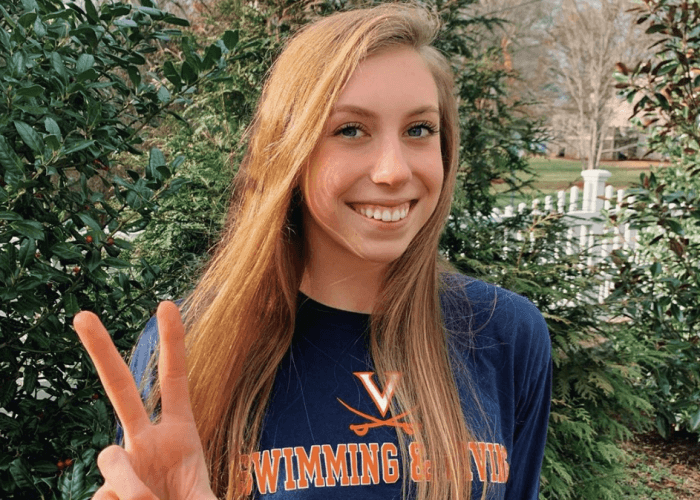
Photo Courtesy: Gretchen Walsh Instagram (@gretchwalsh2)
Before the 2020 NCAA meet was canceled due to the COVID pandemic, four of the top five ranked teams on the psych sheet were in the Eastern time zone (Virginia, Tennessee, N.C. State, Michigan) while the lone west coast school Cal was seeded to finish third. The three-time champs Stanford were reeling from an “off” year where they were seeded to get seventh, and it felt like this was the year the Cardinal were the most vulnerable and perhaps signified a shift in the power dynamic, a storyline that would have likely been explored had the meet gone on pre-pandemic.
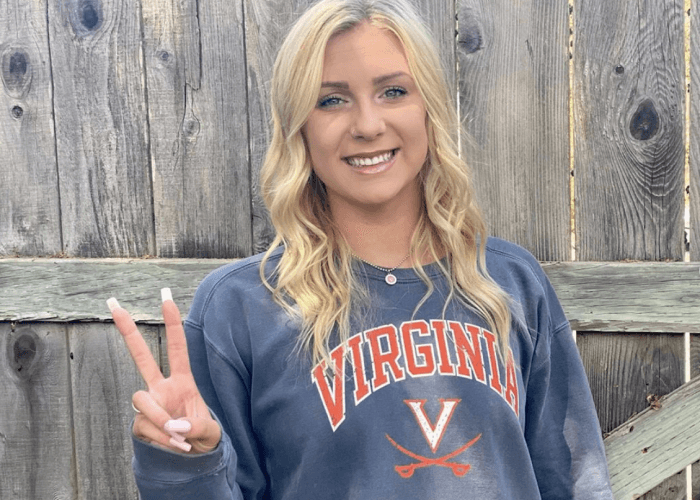
Claire Tuggle – Photo Courtesy: @clairetuggle
Even with no official national champion crowned in 2020, Virginia still feels like the team to beat moving forward.
So how did this happen? How did Virginia swimming and diving become a destination for the nation’s best talent?
We can’t read high school swimmers’ minds and see why they decide to head to a specific school. But in looking at USA Swimming’s Club Excellence rankings from last year, Nation’s Capital Swim Club led the way for the sixth straight year, while Swim MAC Carolina was second and NOVA of Virginia was eighth. TAC Titans (12th) and Nashville Aquatic Club (15th) have also been big-time clubs the last few years. That’s five huge clubs all either in-state or bordering the state of Virginia, giving the Cavaliers a lot of local talent to choose from.
Of course not all those swimmers are heading to Charlottesville, but it could signify why the recruiting powers have been shifting from the west coast to the eastern time zone as Tennessee and N.C. State have been consistent powers the last few years, all grabbing talent from the same area. Prior to Tuggle deciding to leave California for Charlottesville, the majority of Virginia’s team hailed from the Eastern time zone.
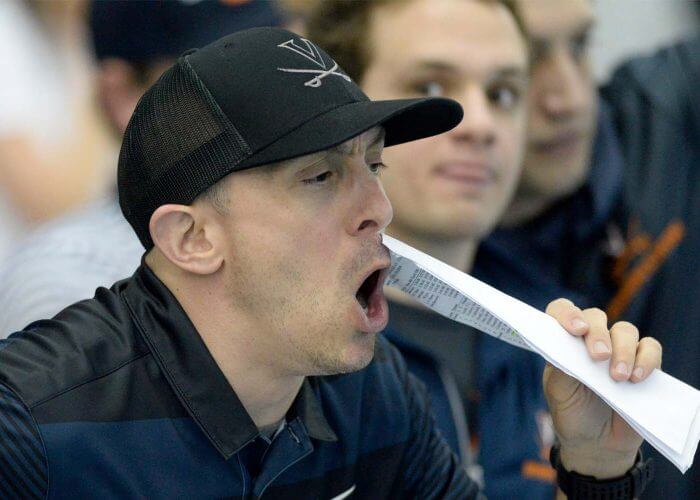
Todd DeSorbo – head coach of Virginia swimming & diving. Photo Courtesy: Sarah D. Davis/theACC.com
DeSorbo played a similar role in the rise of N.C. State as a national power on the men’s side as the Wolfpack men have not lost an ACC Championship title since first winning in 2015. It seems DeSorbo has developed a culture in Charlottesville that helped him be successful in Raleigh. With the help of Tyler Fenwick, Blaire Bachman, Wes Foltz and Andrew Sheaff on deck at Virginia, the Cavaliers have become a national power.
It’s not just on the women’s side either. With the 2020 acquisition of national high school record holder Matt Brownstead, the Virginia men should improve on the national rankings under DeSorbo’s watch as Virginia was seeded to get 16th at the 2020 NCAAs.
With the recent gains in recruiting, Virginia Swimming & Diving should be here to stay and perhaps just turned the page on a new era in the landscape of women’s swimming and diving.




.png)
Claire Curzan may be next up.,
For a team that has produced exactly zero swimmers on the USA national team in the last 2 years, is anyone else concerned that so many national team members are flocking to an unproven LC program? Is this good for USA Swimming?
Paige Madden has developed into a solid long course swimmer (silver medal at WUGs in 2free) the last few years. We don’t know how good Kate Douglass could have been this summer had we had a non-COVID year and same goes for the likes of Ella Nelson and everyone else. So it’s premature to say they aren’t producing good long course swimmers. Obviously the swimmers see something in the program and want to be a part of the culture.